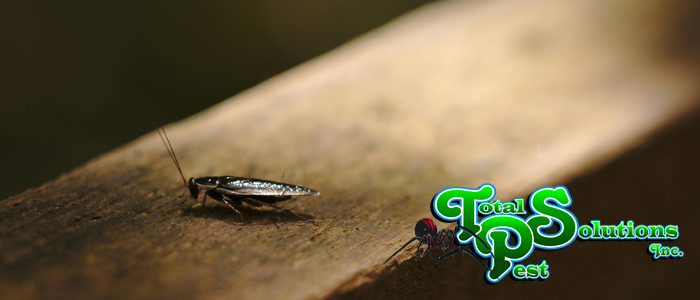
For many older generations, nothing is more magical than memories of late summer and autumn nights and seeing the flickering glow of fireflies as they buzz about searching for love. The younger groups among us may be missing out on this experience, which often leads people to wonder what’s going on with fireflies – Where did they go? They’re not extinct, are they? Luckily, fireflies are alive and well. Only a few of the 2,000 or so species are at risk of extinction, but why are they becoming threatened at all? As you might expect, it seems to have a lot to do with you and me.
How do Fireflies Work?
Fireflies are beetles in the family Lampyridae. They also go by the names glowworms, lightning bugs, and lanternflies. (Although the last name also refers to a type of insect that doesn’t produce light, but instead has a huge face.) They produce a type of “cold light” without any infrared or ultraviolet frequencies around dusk and after dark. The light helps attract mates and find one another in the dark. Some species have a light that appears blue at a distance but is bright green up close.
They produce this light thanks to an enzyme called luciferase, which acts on its luciferin substrate in the presence of oxygen, ATP, and magnesium to produce a light reaction. While it was once thought that this light served as a warning to predators not to eat them (as they taste particularly bad), it is understood that they use this light to find mates first and foremost. In some places, their flashes are entirely synchronized, while in other places, individuals blink in different ways to try appealing to mates.
Even some young fireflies can produce light – In some cases, even the eggs glow! They’ve been observed responding to being jostled or tapped. Once they hatch, the longest part of the firefly’s life begins. As larvae, snails and worms are the primary food source. Some larvae will mimic the flashes of adults of other species of fireflies to feast on them, but no adult firefly has ever been observed eating anything. They might eat plant material, or they might not eat at all. When they reach adulthood after a year or two, they only live for around a month.
Are Fireflies Vanishing? Why?
In many places, firefly populations are declining rapidly. Fireflies typically live near swaps and lakes where their larval food sources are plentiful, but they also occupy grasslands and forests. In these areas, in particular, populations are vulnerable. This is observed worldwide in a decline of fireflies in populated areas. As fireflies use their light to find mates, these light sources are harder to detect where electric light pollution is high. This prevents the fireflies from reproducing, and populations die out. The destruction of their habitat also contributes as people expand into previously unoccupied areas.
Another concern is pesticides. Many municipalities drive fogger trucks through town in an effort to reduce or remove mosquito populations, but these foggers do not distinguish between insects. Fireflies, moths, butterflies, and all sorts of bugs are hit just as hard by the trucks. Even the chemicals used by some exterminators have an impact on firefly populations.
In Conclusion
Pest control experts, like those at Total Pest Solutions Florida, are more discerning about the chemicals they use. They use only what is necessary to avoid having negative effects on the environment. The next time you enjoy the magical glow of fireflies at night, remember that these are delicate creatures. If you want to preserve them for future generations, make sure you’re working with a licensed, reputable pest control expert the next time you have an insect problem. That way, you know you won’t be causing collateral harm to beautiful creatures around you.
continue reading
Related Posts
How to Get Rid of House Lizards Without Killing Them
What They Don’t Tell You About Gardening in Florida Florida






